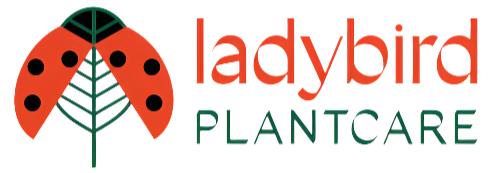Thinking about getting rid of earwigs? They are actually the unexpected ally in your garden.
If you're on my site then you may know by now that not all insects are created equal. While many of us cringe at the sight of certain bugs, it’s important to recognise that some of these creepy crawlers can be quite beneficial, they are part of the good bug gang. Take the earwig, for example. Often misunderstood and put in the pest camp, earwigs have a surprising appetite for aphids, which can be a major plus for your garden.

Misunderstood Creatures
Earwigs, with their intimidating pincers and nocturnal habits, are often mistaken for plant-eating pests. However, earwigs are opportunistic feeders and their preferred diet consists of soft-bodied insects, particularly aphids, rather than your prized plants.
The Aphid Menace
Aphids are notorious for their rapid reproduction and their ability to cause significant damage to plants. These tiny, sap-sucking insects can weaken plants, stunt their growth, and spread plant diseases. Managing aphid populations is crucial for maintaining a healthy garden, and this is where earwigs can play a pivotal role. Explore other good bugs that you can buy to combat aphids here.
Nature's Pest Control
Earwigs are natural predators of aphids. By introducing earwigs into areas infested with aphids, you can significantly reduce the aphid population without resorting to chemical pesticides. This not only helps in preserving the health of your plants but also supports a more balanced and eco-friendly garden ecosystem.
How to Harness the Power of Earwigs
To take advantage of earwigs’ appetite for aphids, follow these simple steps:
-
Create a Friendly Habitat: Earwigs thrive in moist, sheltered environments. Provide hiding spots in your garden such as overturned pots, damp cardboard, or bundles of straw. This will encourage them to stay in your garden and hunt aphids.
-
Capture and Relocate: If you find earwigs in areas where they are not needed, gently capture them using a container. Be careful not to harm them. Relocate them to aphid-infested areas where they can feast on these pests.
-
Monitor and Maintain: Regularly check both the earwig populations and aphid infestations. Ensure that earwigs have a conducive environment to thrive and continue their beneficial work.
-
Minimise Chemical Use: Avoid using broad-spectrum insecticides, which can harm beneficial insects like earwigs. Instead, opt for targeted treatments like horticultural soap if necessary and introduce good bugs.

